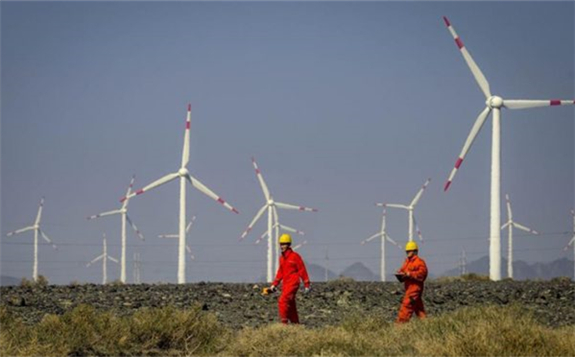The total sum of solar and wind capacity has climbed by 135 percent from 2015. With abundant solar and wind power, the new energy installed capacity in Xinjiang is the second highest among all provincial branches of the State Grid Corporation of China (SGCC).
The volume of electricity transmitted from Xinjiang to other regions is planned to exceed 110 billion kWh this year, among which around 27 billion kWh will come from new energy generation, according to an announcement released by SGCC’s Xinjiang branch on Thursday. The figure in the first five months of 2020 was 35 billion kWh, and electricity generated by clean energy accounted for 26.5 percent.

New energy electricity generation reached 84.5 billion kWh and accounted for 24 percent of the total electricity produced in Xinjiang in 2020, which is mostly attributed to solar power. It is equal to the power generation capacity of 27 million tons of coal, which would have released 72.9 million tons of carbon dioxide.
Xinjiang aims to increase the new energy installed capacity to 82.4 million kWh of electricity by the end of China’s 14th Five-Year Plan (2021-25) period, per the local government’s 2020 work report.
Seeking to become a major clean energy base in China, the rapid development of Xinjiang’s new energy sector will greatly contribute to fulfilling China’s goal of reaching a carbon dioxide emissions peak before 2030, and realizing carbon neutrality before 2020.